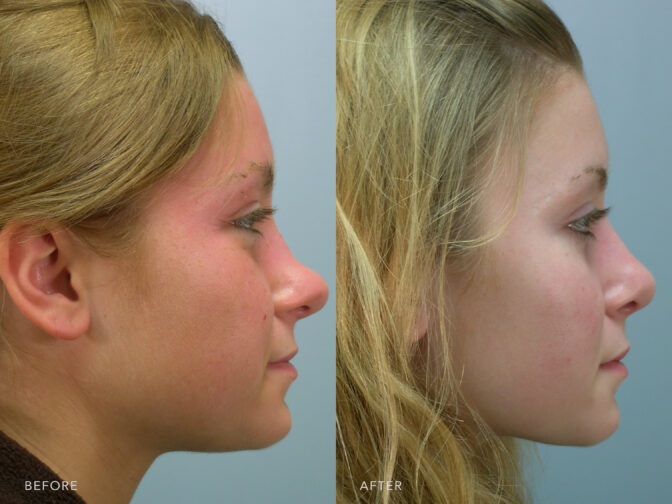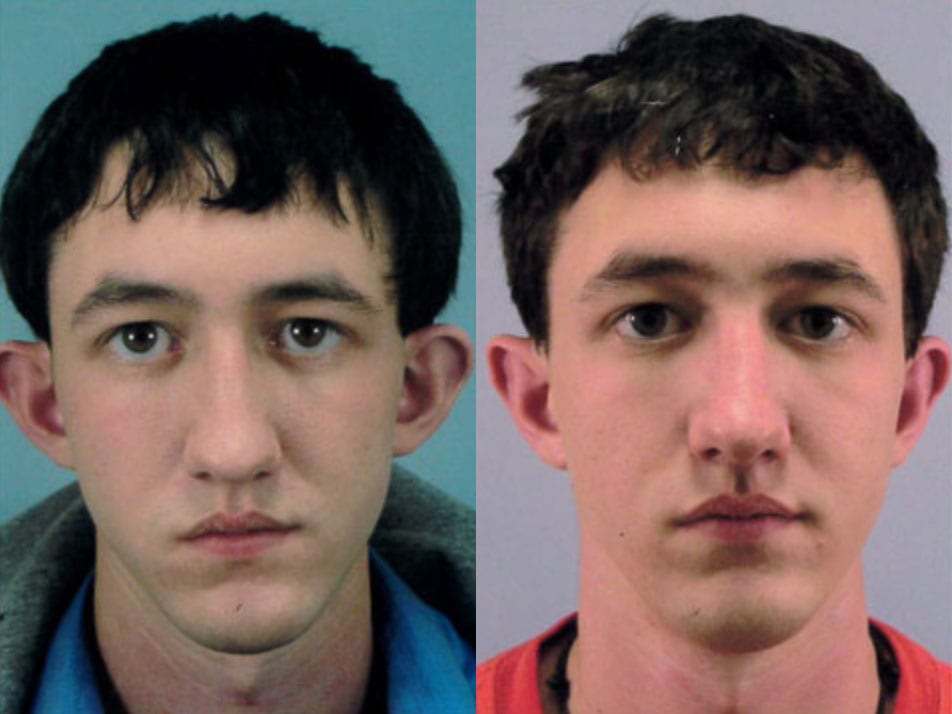Saddle Nose Rhinoplasty Consultation
Each saddle nose rhinoplasty starts with a consultation, where patients can meet with Dr. Williams to go over details of the procedure and get answers to all questions.
This is also when the surgeon examines the patient’s nose and determines the recommended course of action to take to help achieve the desired aesthetic goals.
When it comes to rhinoplasty, it is essential to select a board-certified plastic surgeon who specializes in rhinoplasty.
Many patients find that this start of their transformative journey is particularly effective when it includes the opportunity to see what the outcome of saddle nose deformity surgery could be.
Using digital imaging during the consultation, patients can see the potential results of a saddle nose rhinoplasty on their own face.
Saddle Nose Rhinoplasty Surgery
Saddle nose deformity may be the result of a disease, a hole in the nasal septum (known as septic perforation), trauma, prior surgery, or other factors, and — in addition to the concave shape — can be marked by nosebleeds and breathing difficulties.
There are many ways to remedy a saddle nose deformity and almost all of them involve providing more support by rebuilding the underlying structure.
This can be achieved by shaping existing nasal cartilage or by harvesting cartilage from either the ribs or ears and using it to create support.
Choosing a nasal specialist for saddle nose deformity surgery means working with a surgeon experienced in rhinoplasty and in harvesting cartilage in such a way as to minimize signs of surgery.
Saddle Nose Rhinoplasty Recovery
Saddle nose deformity surgery requires time for recovery for recuperation and recovery afterward — especially if the procedure involves harvesting cartilage from another area of the body.
During this time, patients should take great care to avoid activities that may lead to a physical blow to the nose.
With the nose left alone to heal, visible swelling should go down in a matter of weeks, while healing for the entire structure, inside and out, could take up to a year.
The Plastic Surgery Center at Williams will provide aftercare instructions and be available for patients with questions that arise throughout the healing process.
As with all surgeries, there is a small risk of post-procedure infection or bleeding.

